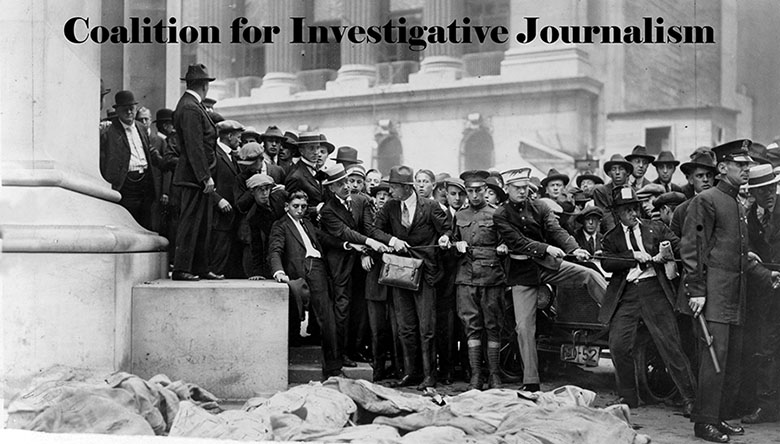Supporting Quality Writing & Enterprise Pieces
Financial models for media continue to change and adjust. As newspapers endure the monetary growing pains from the on-line revolution, many city and county publications are becoming hyper local in their coverage, a trend that has been increasingly followed by media CEOs demanding codified, one-size-fits-all news-making models from their reporters. Some CEOs now dictate that all news stories in their publications — no matter how complex the subject matter, or how much skill and nuance the piece requires — have opening paragraphs that are no longer than 20 words. This approach grievously underestimates the tastes and intelligence of the reading public. Meanwhile, other CEOs dictate that their newspapers run photographs and company self-promotions on every page of the physical paper, which, coupled with pre-existing space dedicated to advertisement, shrinks the news hole and handicaps journalists from pursuing quality writing in their pieces. While CEOs couch such demands as means to financial survival, preventing journalists from using the full pulse and power of the English language to capture life as it unfolds will be the true death of newspapers in the new digital world. Print media is chiefly separated from television and radio news by the transporting ability and emotional resonance of the written word. This will not change as Journalism moves on-line; and it may actually be print media’s biggest advantage. Nevertheless, shortsighted CEOs and publishers have it within their power to destroy the main reason the public still cares about print media, as they seek to emulate homogeny, brevity and, in some cases, mediocrity.
It’s fortunate that journalists who want to use highly crafted prose or degrees of experimentation in structure still have newspapers and magazines on the national level to send submissions to. However, the damage being done to elevated writing and strong enterprise pieces is mainly happening in regional and small-town markets, especially, for example, where tiny corporations own multiple newspapers in specific areas. CIJ members sharing contact information for editors who still support compelling reports and gripping features may be one way to combat the problem. CIJ members sharing information about grant funding and foundation and non-profit contacts may be another. Grant funding is an option that, in some cases, can pay for the time, travel and expense that goes into major enterprise writing — which can in turn be published on alternative news sites and national blogs, in cases where mainstream editors refuse to see the value of ignoring the cookie-cutter dimensions they impose on their reportage.
“The test of one's skill as a journalist, and the measure of one’s ultimate impact, is neither to satisfy appetites people already have, nor to rehash ‘substance’ in an unappetizing way, but rather to bridge those realms and make people care about what counts.”
— James Fallows, former journalist for The Atlantic Monthly and author of Breaking the News.
"Suddenly this light bulb seems to be going off all over .. that people want more than USA Today provides."
— Jon Franklin, former journalist for The Baltimore Evening Sun and winner of two Pulitzer prizes for Journalism.

